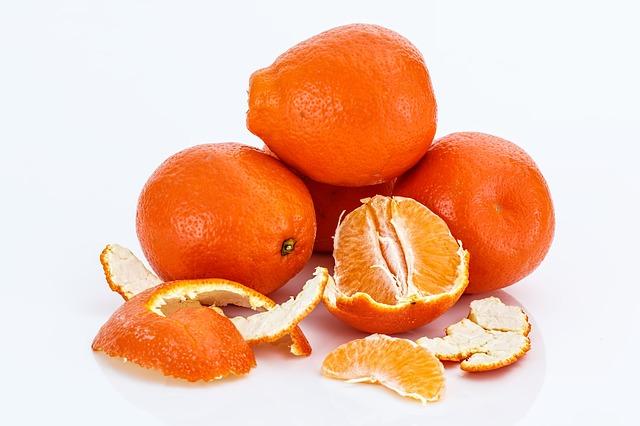
Eating with a Herniated Disc
While the severity, frequency and duration of herniated disc symptoms vary by the individual, there is one thing that all sufferers of the condition can do: use the power of nutrition. The diet for a herniated disc relates to the anatomy of the injury. Spinal discs are made of 2 layers:
- The outer layer, called the annulus fibrosus, is designed for durability and is made up of layers of strong collagen fibers.
- The inner layer, called the nucleus pulposus, is responsible for the shock absorption. This layer is composed of loose fibers that allow the spine its range of motion.
A herniated disc essentially means that the annulus fibrosus is cracked, allowing the nucleus pulposus to leak out and push against the compromised area. If this bulge is significant, it will put pressure on the nearby nerve roots, creating the discomfort, stiffness and pain that is associated with the condition.
A diet to ease these symptoms and encourage more rapid healing therefore begins with the cracking of the annulus fibrosus, a structure composed of cartilaginous material. There are nutrients that you can consume to support the regrowth and maintenance of healthy cartilage. Foods that are good for herniated disc sufferers are those rich in:
- Glucosamine-sulfate: helps the body produce chemicals that catalyze the repair of cartilage.
- Vitamin C: helps the body form the protein collagen, an essential element in the production of cartilage.
- Omega-3 fatty acids: to help with the pain and stiffness, consuming anti-inflammatory ingredients is a good place to start.
- Sulfur-rich foods: to help maintain the integrity of connective tissue.
At Holmes Chiropractic, we support a multi-dimensional and natural approach to healing herniated discs. Combining chiropractic adjustment with the potency of nutrition and the vitality restored with corrective exercise and stretching, you can ease the severity of your symptoms.
Dr. Randall Holmes, D.C.